A worksheet for students to use when learning to read scaled instruments to measure mass.
The metric scales used in this worksheet illustrate objects weighed in grams and kilograms. Students draw a line to indicate the mass on each of the scales.
A variety of graduations are included – with intervals every 20 g, every 25 g and every 50 g.
As an extension to this activity, ask students to brainstorm other objects that would have a similar mass to each of the examples provided.
Improve your students’ ability to read scales to measure mass with this worksheet.



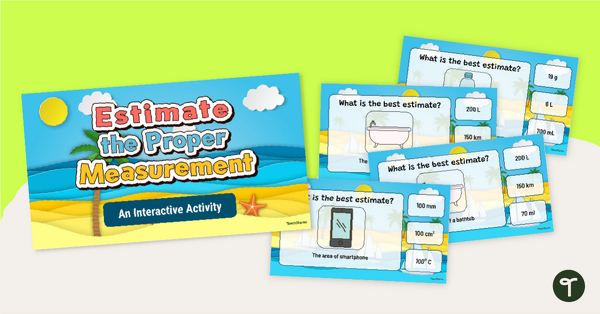
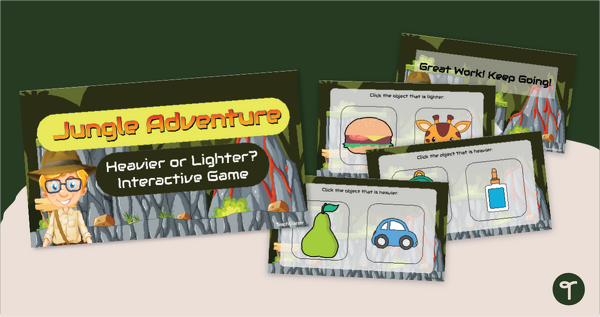
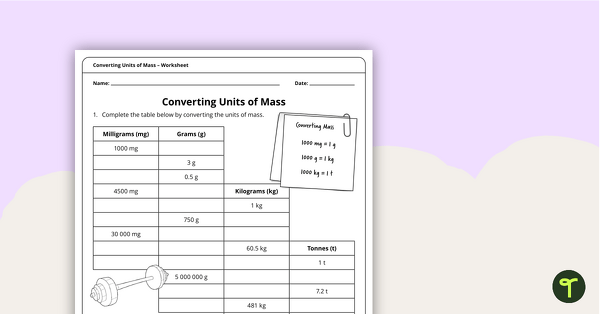
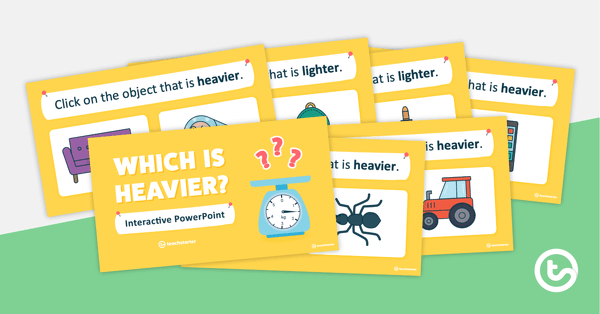
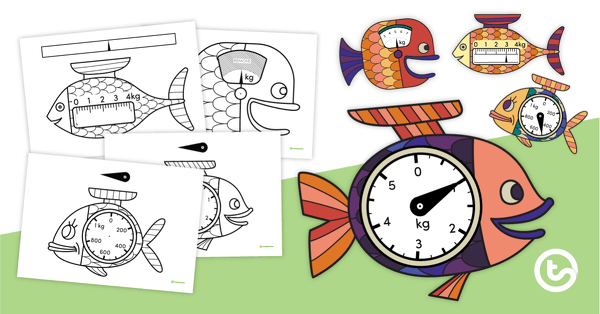
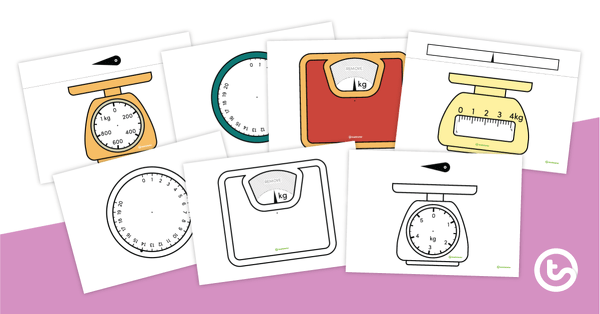
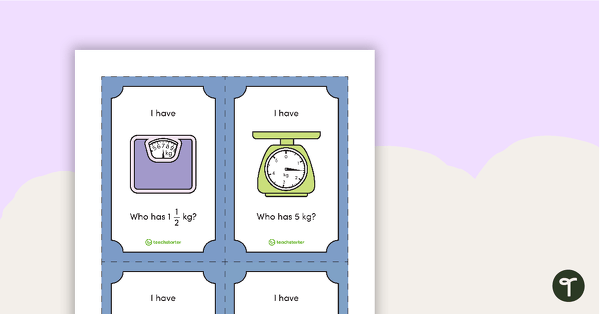
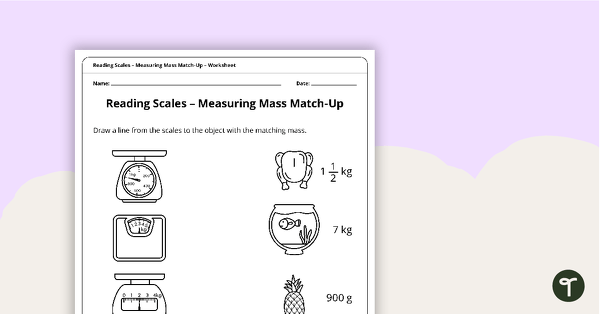
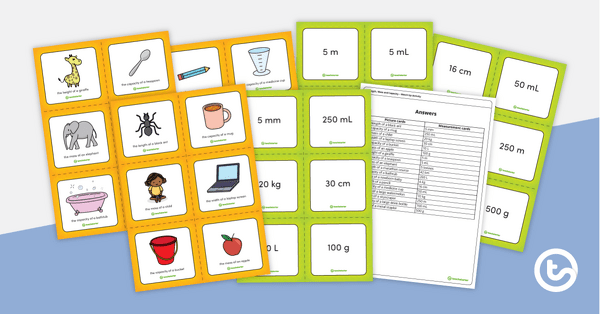
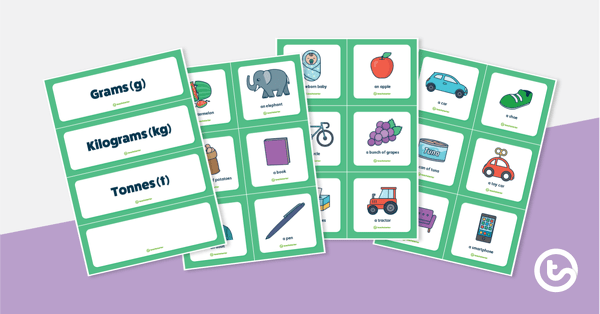
0 Comments
Write a review to help other teachers and parents like yourself. If you'd like to request a change to this resource, or report an error, select the corresponding tab above.